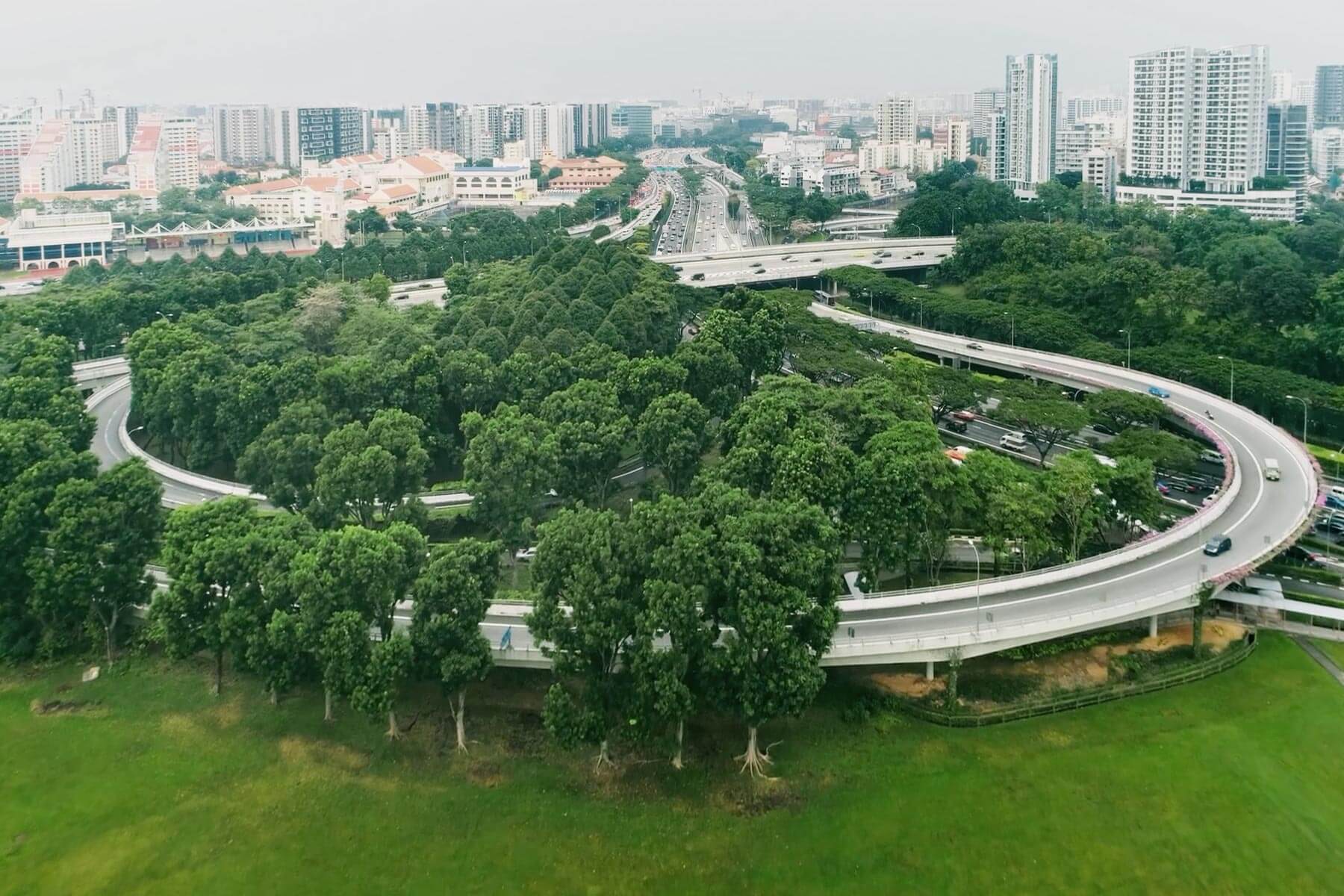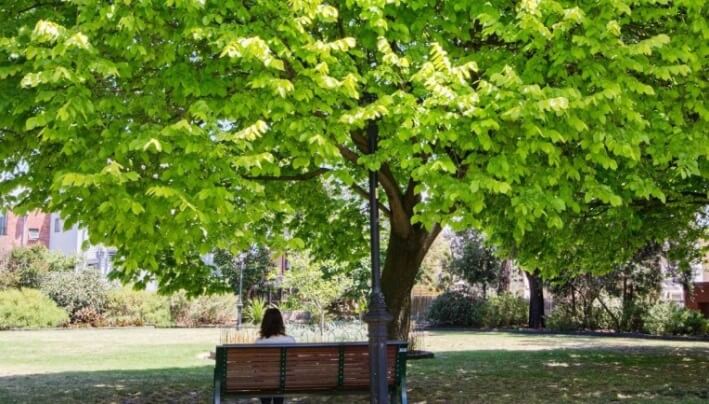Discover how cities are leading the charge in sustainable living! This post highlights 10 groundbreaking eco-friendly projects from around the globe that are redefining urban environments. From green rooftops to innovative waste management, learn how these initiatives are making our cities greener and more livable.
1. Amsterdam’s Circular Economy:
Explore how Amsterdam is revolutionizing sustainability through its circular economy model, focusing on recycling and reusing resources to reduce waste: CircularAmsterdam - Circle Economy
2. Singapore’s Green Buildings:
Discover Singapore's commitment to eco-friendly architecture, with buildings that feature vertical gardens and energy-efficient designs: Singapore Green Plan 2030
3. Copenhagen’s Bicycle Highways:
Copenhagen's extensive bicycle highway network promotes green transportation, reducing emissions and encouraging a healthier lifestyle: Supercykelstier
4. Melbourne’s Urban Forest Strategy:
Learn about Melbourne’s initiative to combat climate change and urban heat by planting thousands of trees and creating green spaces: Living Melbourne
5. San Francisco’s Zero Waste Program:
Uncover how San Francisco aims to become zero waste by 2030 through innovative recycling and composting programs: San Francisco - Zero Waste
6. Toronto’s Green Roof Bylaw:
Toronto's green roof bylaw mandates eco-friendly roofs on new buildings, enhancing biodiversity and reducing building heating and cooling costs: Toronto Green Roof Bylaw & Eco-Roof Incentive Program
7. Berlin’s Renewable Energy Transition:
Berlin's aggressive shift towards renewable energy sources is a model for sustainable urban energy policy: Germany aims for 100% renewable energy by 2035 - Reuters
8. New York City’s Solar Initiatives:
NYC’s push for solar energy includes incentives for solar panel installations, reducing the city's carbon footprint: NYC DCAS Doubles City’s Total Solar Capacity
9. Stockholm’s Eco-Friendly Public Transport:
Stockholm’s investment in eco-friendly public transport options like electric buses highlights the city’s commitment to sustainable urban mobility: Smart City Sweden
10. Oslo’s Car-Free City Center:
Oslo is transforming its city center into a car-free zone, prioritizing pedestrians, cyclists, and public transportation: Pedestrian Space
Conclusion:
These examples show that innovative thinking and a commitment to sustainability can transform urban areas into more livable, eco-friendly spaces. As cities continue to grow, these projects offer a blueprint for a greener, more sustainable future.



